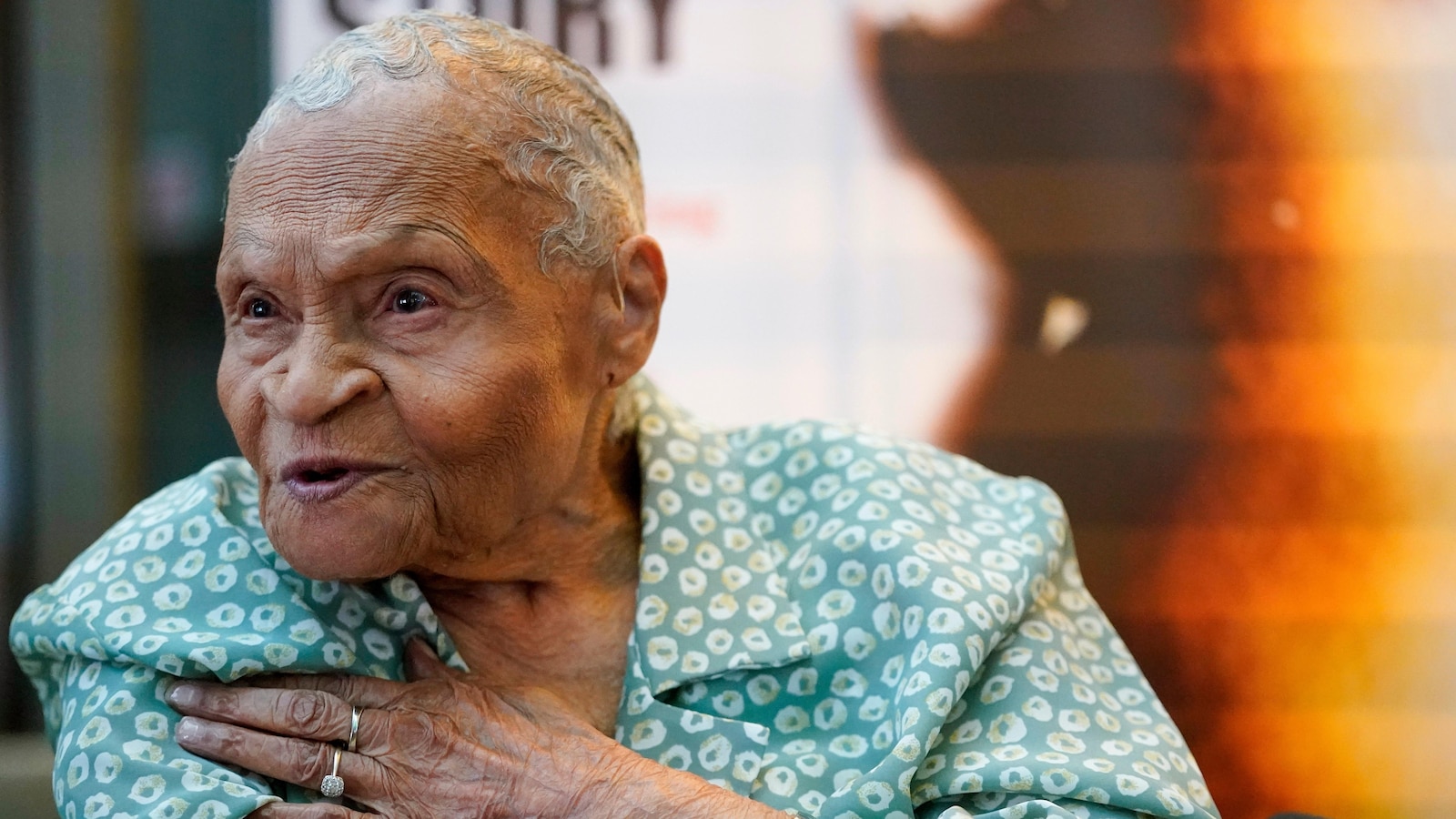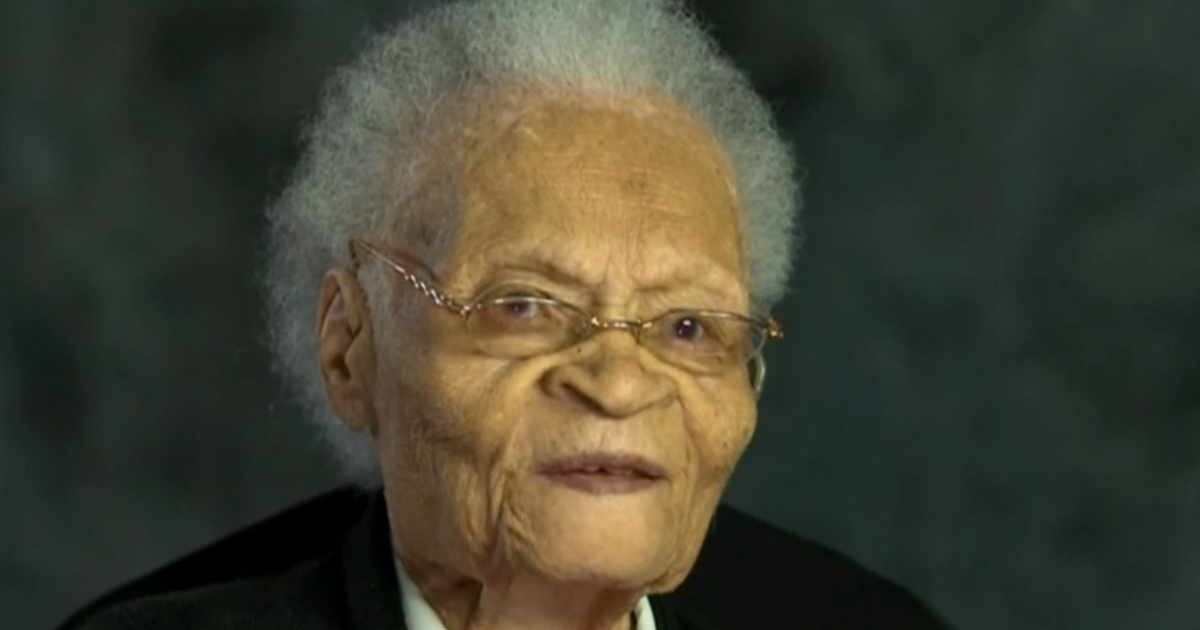Viola Ford Fletcher, Tulsa Race Massacre Survivor, Dies at 111
Viola Ford Fletcher, one of the last survivors of the 1921 Tulsa Race Massacre, has died at 111. She spent her later years seeking justice and reparations for the devastating attack.
Overview
- Viola Ford Fletcher, a survivor of the 1921 Tulsa Race Massacre, passed away at the age of 111, having been just seven years old when the devastating two-day attack began on Tulsa's Greenwood district.
- Fletcher dedicated her later life to seeking justice and reparations for the deadly 1921 attack, which decimated over 30 city blocks in the prosperous Black Wall Street community.
- She actively pursued accountability, testifying before Congress and joining a lawsuit aimed at securing reparations for the victims of the historic massacre.
- In June 2024, the Oklahoma Supreme Court dismissed the lawsuit seeking reparations, ruling that the grievances did not fall under the state's public nuisance statute.
- Following Viola Ford Fletcher's death, Lessie Benningfield Randle is now recognized as the sole remaining survivor of the horrific 1921 Tulsa Race Massacre.
Report issue

Read both sides in 5 minutes each day
Analysis
Center-leaning sources cover the story neutrally, focusing on factual reporting of Viola Ford Fletcher's life and the historical context of the Tulsa Race Massacre. They present details of the attack, her personal experiences, and the ongoing fight for justice and reparations without employing loaded language or biased emphasis, ensuring a balanced and informative account.
Articles (6)
Center (4)
FAQ
The Tulsa Race Massacre was a devastating two-day attack in 1921 on the Greenwood District of Tulsa, Oklahoma, also known as Black Wall Street, a prosperous Black community. It resulted in the destruction of over 30 city blocks, deaths, and lasting trauma, representing one of the worst incidents of racial violence in U.S. history.
Viola Ford Fletcher was a lifelong advocate for justice and reparations. She testified before the U.S. Congress about the need for reparations, joined lawsuits seeking accountability and reparations for survivors, and raised awareness through public testimony and activism until her death at age 111.
The reparations lawsuit filed by Viola Fletcher and other survivors was dismissed by the Oklahoma Supreme Court in June 2024. The court ruled that the grievances did not fall under the state's public nuisance statute, effectively denying the claim for reparations through that legal avenue.
Following Viola Ford Fletcher's death, Lessie Benningfield Randle is now recognized as the sole remaining survivor of the 1921 Tulsa Race Massacre.
Besides her activism, Viola Ford Fletcher worked as an assistant welder in a shipyard during World War II and cleaned houses until age 85, exemplifying work ethic and independence throughout her long life.
History
- This story does not have any previous versions.





